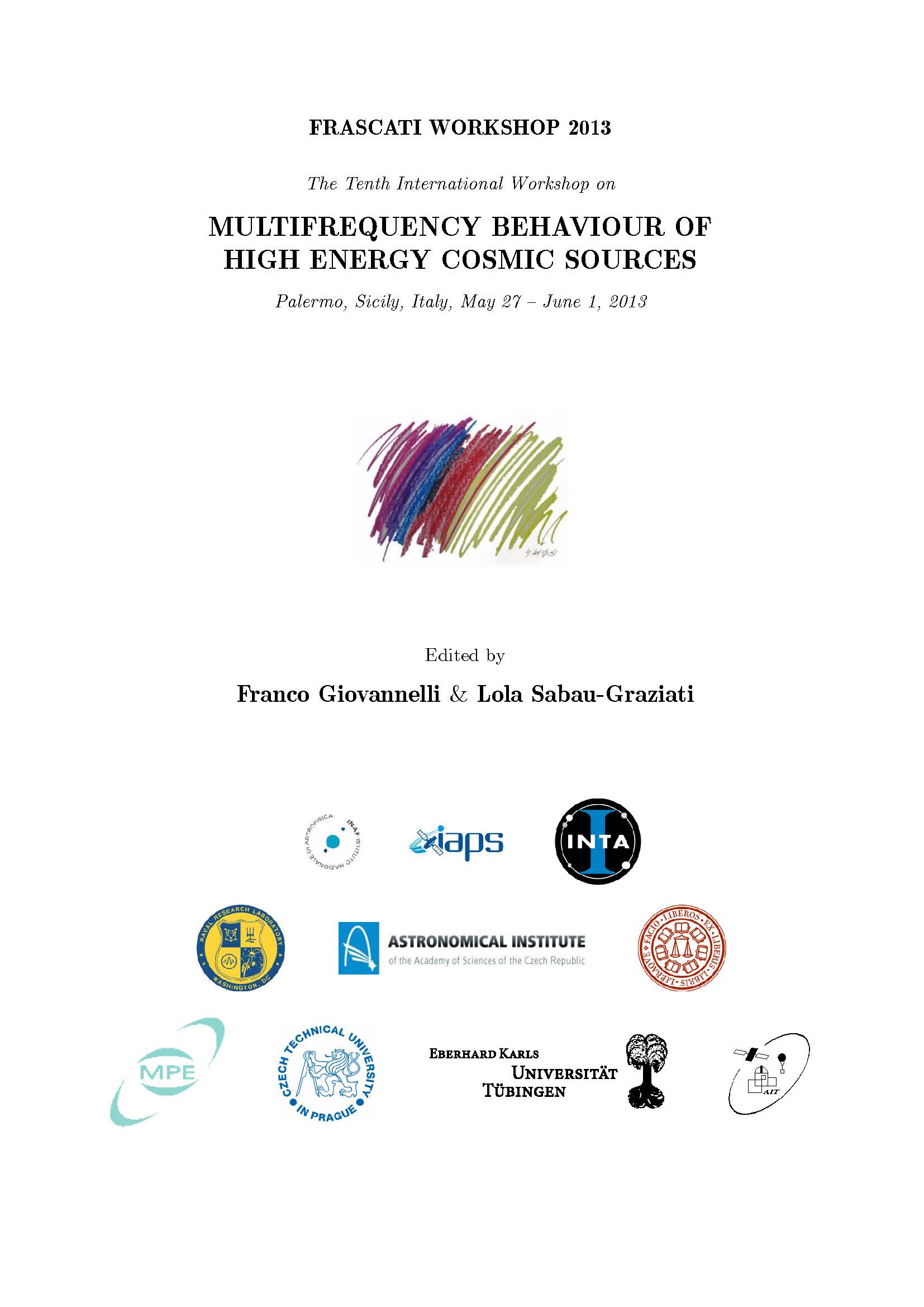High-Resolution X-Ray Spectroscopy of Galactic Supernova Remnants
DOI:
https://doi.org/10.14311/APP.2014.01.0200Abstract
High-resolution X-ray spectroscopy of Galactic supernova remnants (SNRs), based on grating spectrometers onboard XMM-Newton and Chandra, has been revealing a variety of new astrophysical phenomena. Broadened oxygen lines for a northwestern compact knot in SN 1006 clearly show a high oxygen temperature of ~300 keV. The high temperature together with a lower electron temperature (kTe ~ 1 keV) can be reasonably interpreted as temperature non-equilibration between electrons and oxygen behind a collisionless shock. An ejecta knot in the Puppis A SNR shows blueshifted line emission by ~ 1500kms-1. The line widths are fairly narrow in contrast to the SN 1006's knot; an upper limit of 0.9 eV is obtained for O VIII Lyα, which translates to an oxygen temperature of kTO < 30 keV. The low temperature suggests that the knot was heated by a reverse shock whose velocity is 4 times slower than that of a forward shock. Anomalous intensity ratios in O VII Heα lines, i.e., a stronger forbidden line than a resonance line, is found in a cloud-shock interaction region in Puppis A. The line ratio can be best explained by the charge-exchange emission that should arise at interfaces between the cold/warm clouds and the hot plasma. There are several other targets for which we plan to analyze high-quality grating data prior to the operation of the soft X-ray spectrometer onboard Astro-H.Downloads
Published
Issue
Section
License
Copyright notice
Authors who publish with this journal agree to the following terms:
1. Authors retain copyright and grant the journal the right of the first publication with the work simultaneously licensed under a Creative Commons Attribution License that allows others to share the work with an acknowledgement of the work's authorship and initial publication in this journal.
2. Authors are able to enter into separate, additional contractual arrangements for the non-exclusive distribution of the journal's published version of the work (e.g., to post it to an institutional repository or to publish it in a book), with an acknowledgement of its initial publication in this journal.
3. Authors are permitted and encouraged to post their work online (e.g., in institutional repositories or on their website) prior to and during the submission process, as it can lead to productive exchanges as well as earlier and greater citation of the published work (See The Effect of Open Access).


